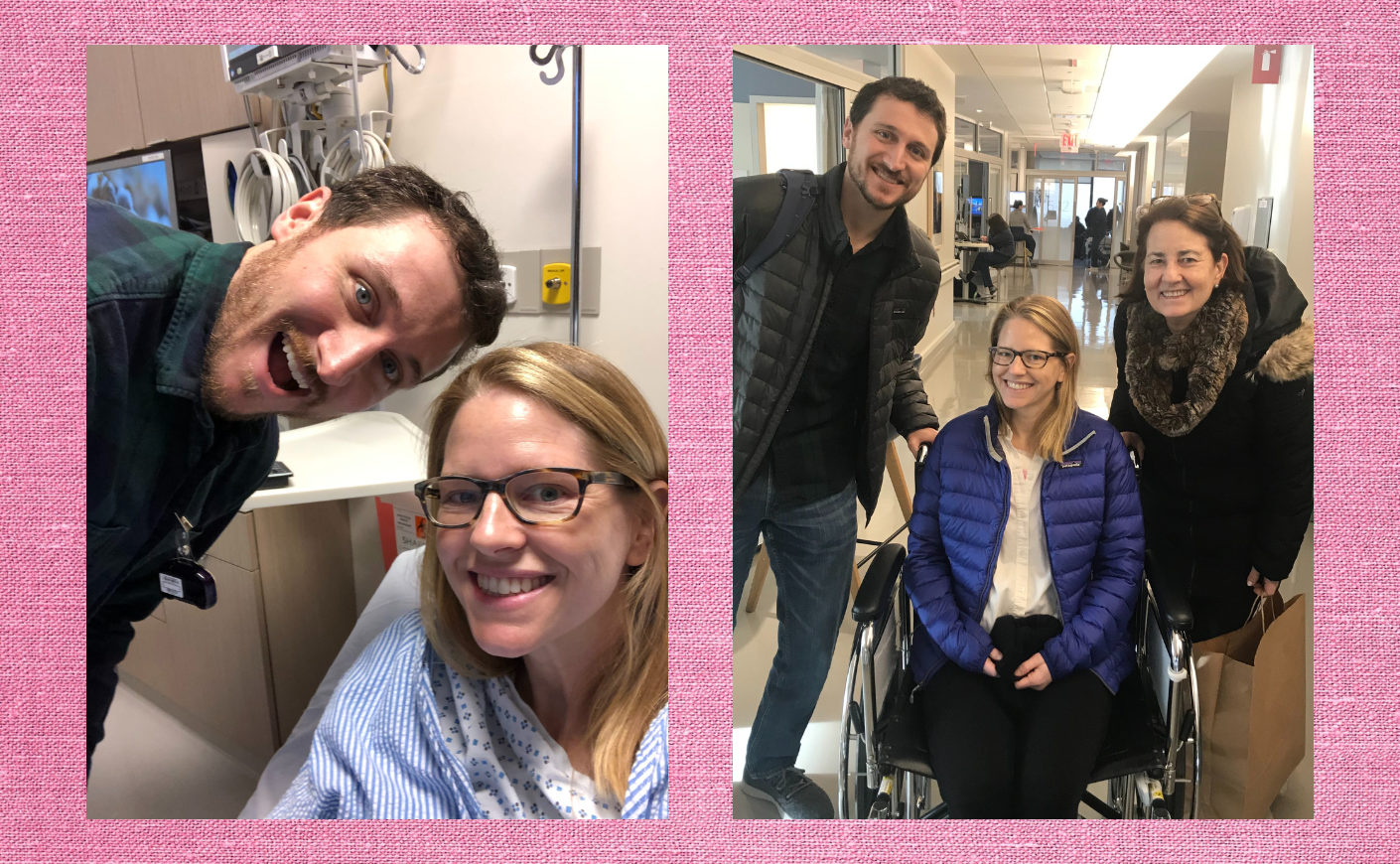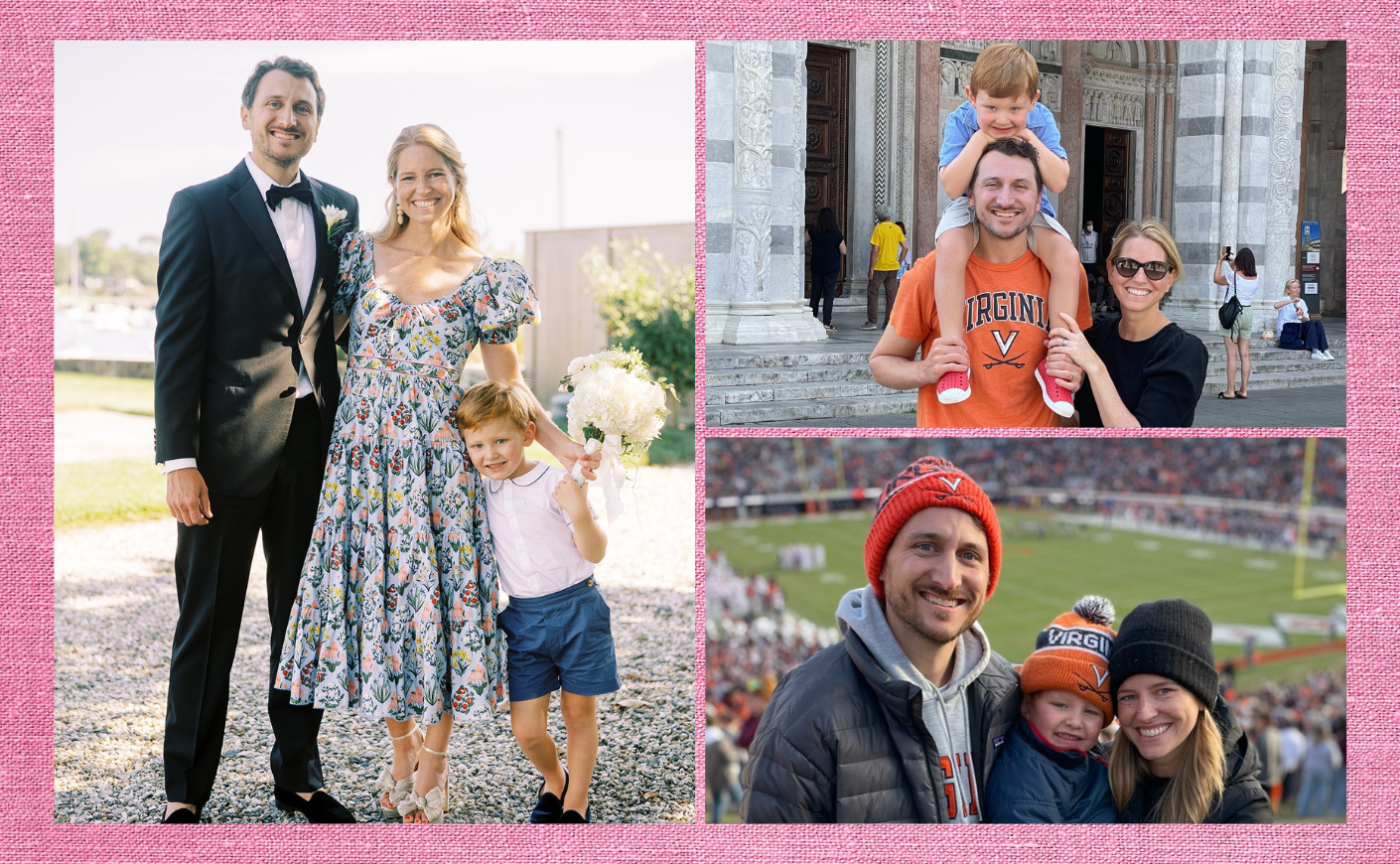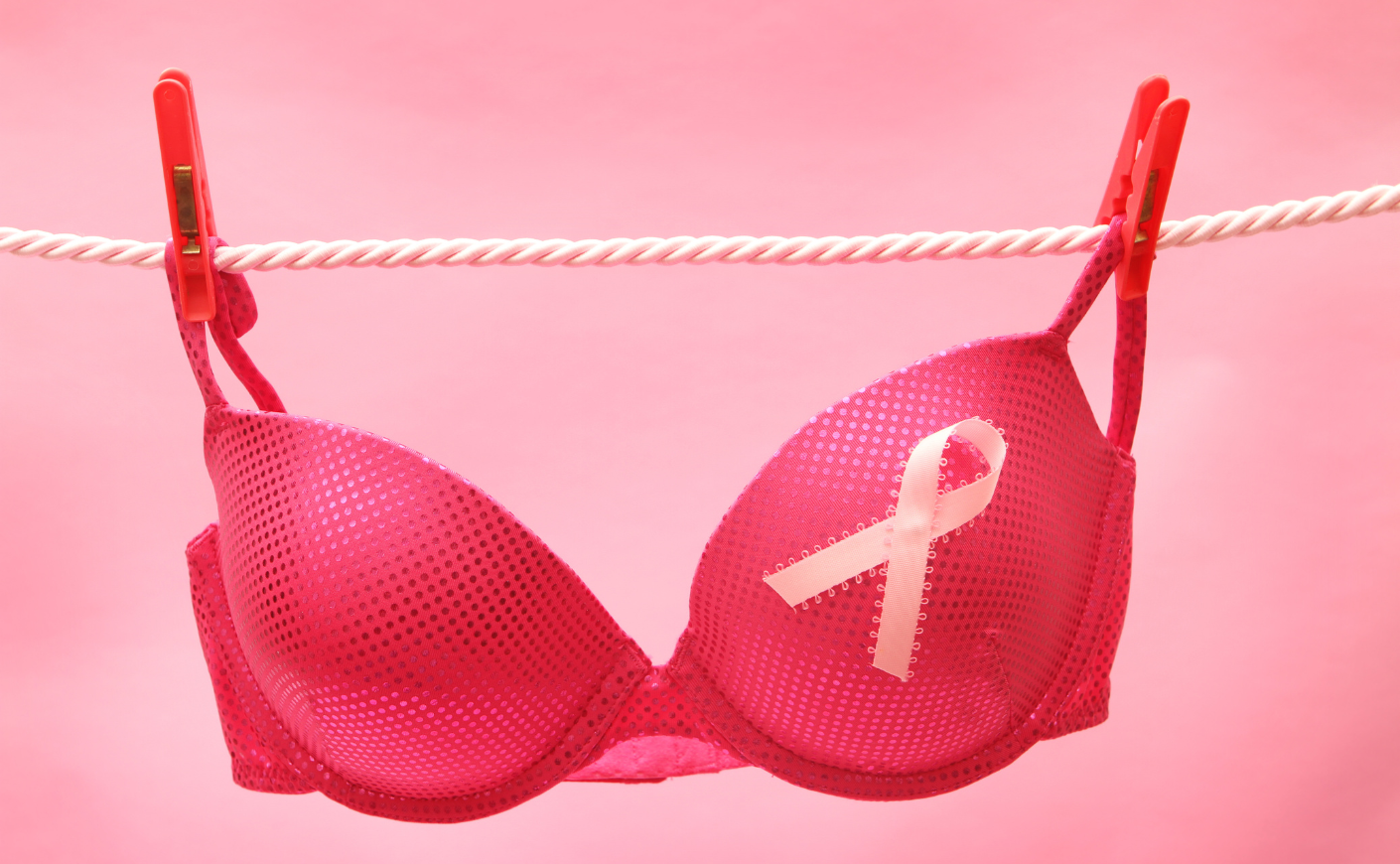Lily Joseph found out she had breast cancer thanks to a bra — and it was one she didn’t even own.
At the time, she was only 34 and in good health, which meant she was still years away from the recommended age for annual mammograms. Instead, she was focused on raising her 9-month-old son, Billy. Joseph says her breasts had “changed drastically” after breastfeeding him, so she set off on a mission to upgrade her bra collection.
Joseph decided to try out a new brand, but it was solely direct-to-consumer — meaning they didn’t have a physical storefront she could visit to test the fit. So she had a few pairs sent to her home to try on. They came with a card that completely changed her life.
“Finding the right bra can involve trial and error, since everyone’s bodies are so different,” she remembers. “The packaging included instructions for trying on your bra at home, without the salesperson who’d properly adjust it for you. The card had a list of steps to ensure the right fit, one of which involved reaching into the bra cup and physically lifting your breasts up and into the cup. I never would have done this if it hadn’t been recommended. Then I felt the lump.”

That lump was a brand-new discovery; because of her age, Joseph didn’t think she needed to start self breast exams quite yet. She kept an eye on the lump for about a week before seeing her doctor, who referred her for a mammogram and ultrasound, which was recommended because she had dense breasts. “The rest, as they say, is history,” Joseph tells us.
She was diagnosed with invasive ductal carcinoma that was estrogen- and progesterone-positive and HER-2 negative. (Our in-depth explainer on the different types of breast cancer gets into more detail on this.) The good news: The cancer was Stage 1, it hadn’t spread to her lymph nodes, and her Oncotype score was a 7, meaning she had a low risk for recurrence.
Joseph immediately jumped into action. She sought treatment at Memorial Sloan Kettering Cancer Center in New York City, where she lived at the time, and decided to have a bilateral mastectomy with reconstruction. That was partly due to her age, and partly because of her family history — while she doesn’t have the BRCA gene, her maternal aunt had breast cancer at a young age, and her maternal grandmother died from ovarian cancer.
Because of her low Oncotype score and the fact that she’d caught it early, Joseph was lucky enough to avoid chemotherapy, and she’s thrilled to say she’s currently cancer-free. But she’s still having recurring appointments with her oncologist, breast surgeon, and reconstructive surgeon. (“They’re the best team, and I feel so fortunate to have had them,” she says.) And for at least 10 years, she’ll be treated with the drug tamoxifen, which regulates her estrogen levels. She’s also had plenty of invaluable support beyond her doctors, including from the nonprofit organization Living Beyond Breast Cancer.

Today, Joseph is grateful for her health and life with her family. She knows how lucky she was to discover her lump that fateful day, and hopes other women with cancer can have the same good fortune. That’s where bra retailers come into the equation: Joseph’s calling on brands to incorporate self-exam instructions into their packaging, which she describes as a simple and meaningful step that could make a life-changing difference.
“I feel so strongly about this because I think women avoid self exams, like some avoid mammograms, but for different reasons. Sometimes people feel uncomfortable giving themselves a breast exam because it’s admittedly kind of weird, and most probably don’t think they need to be doing them,” she says. “But by including it as a typical step in trying on a bra, I think it normalizes it and makes it more accessible for more women. I would never have given myself a self exam at 34 — and it changed the course of my life.”









